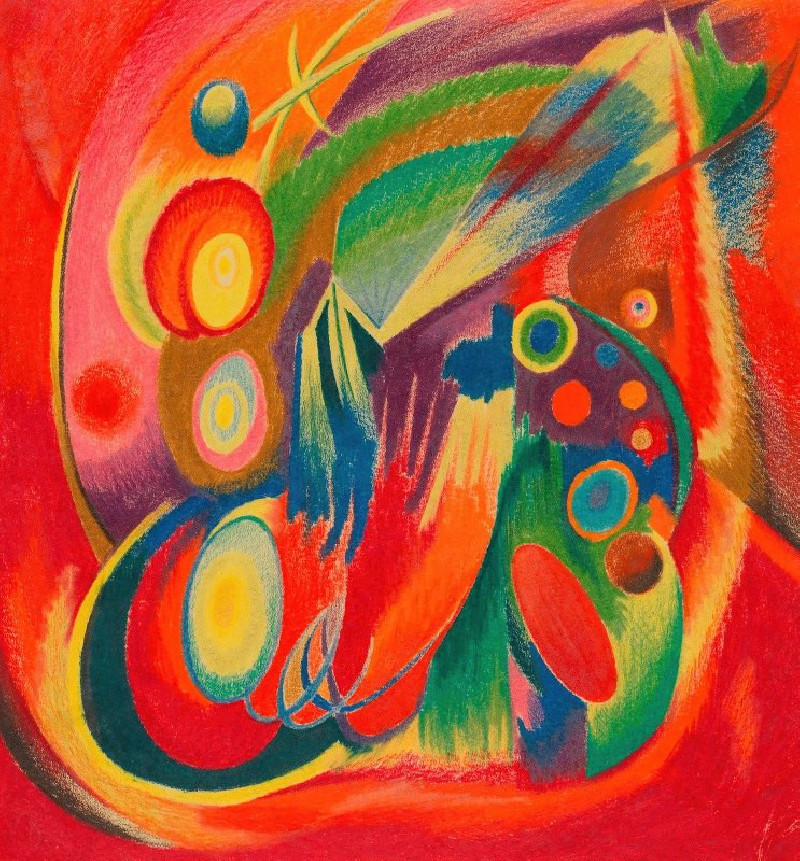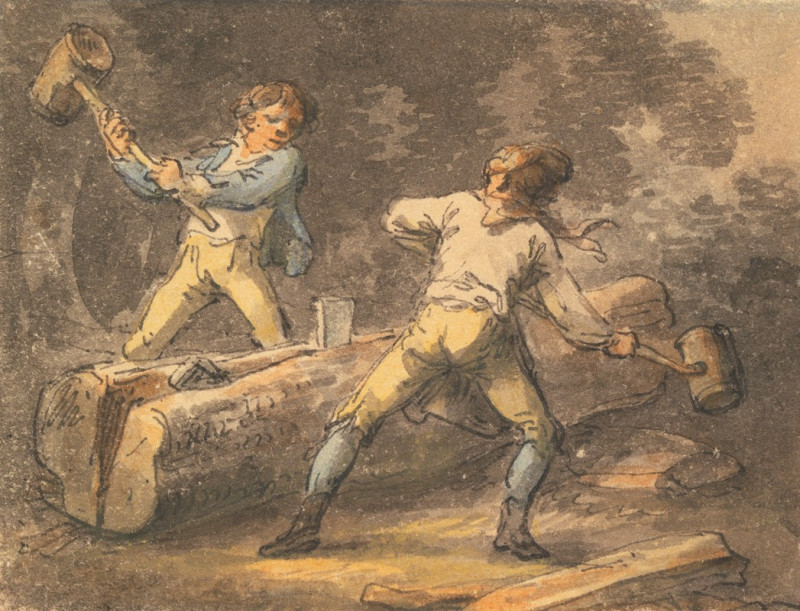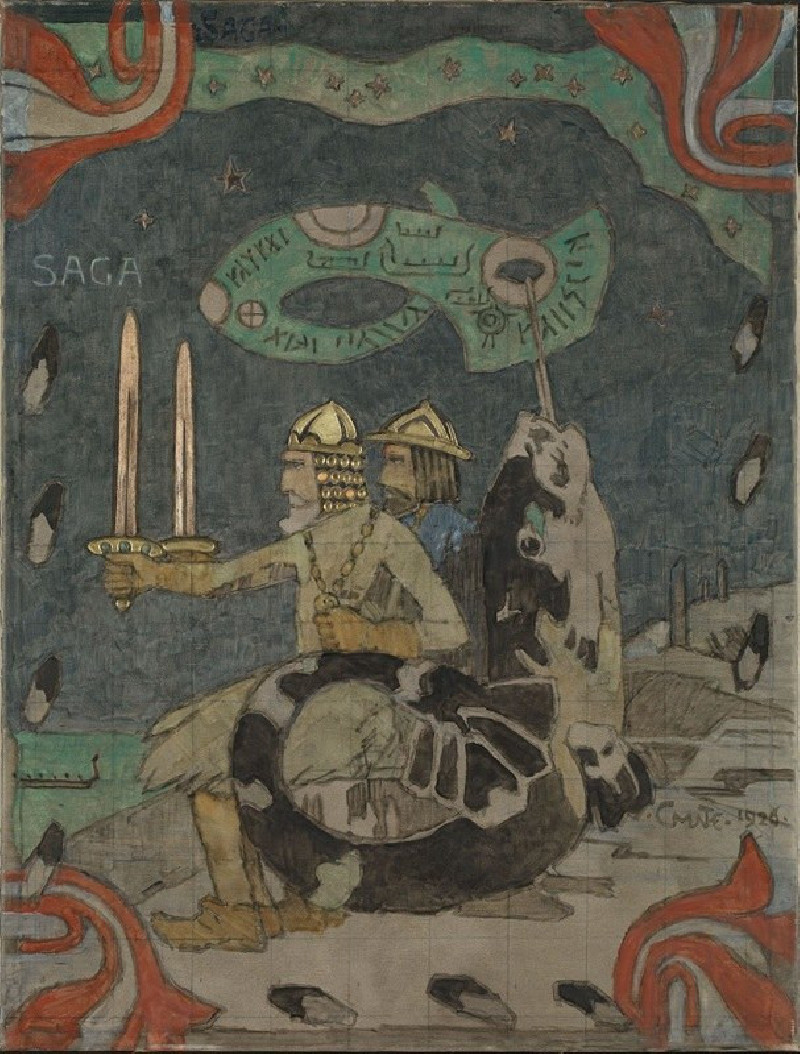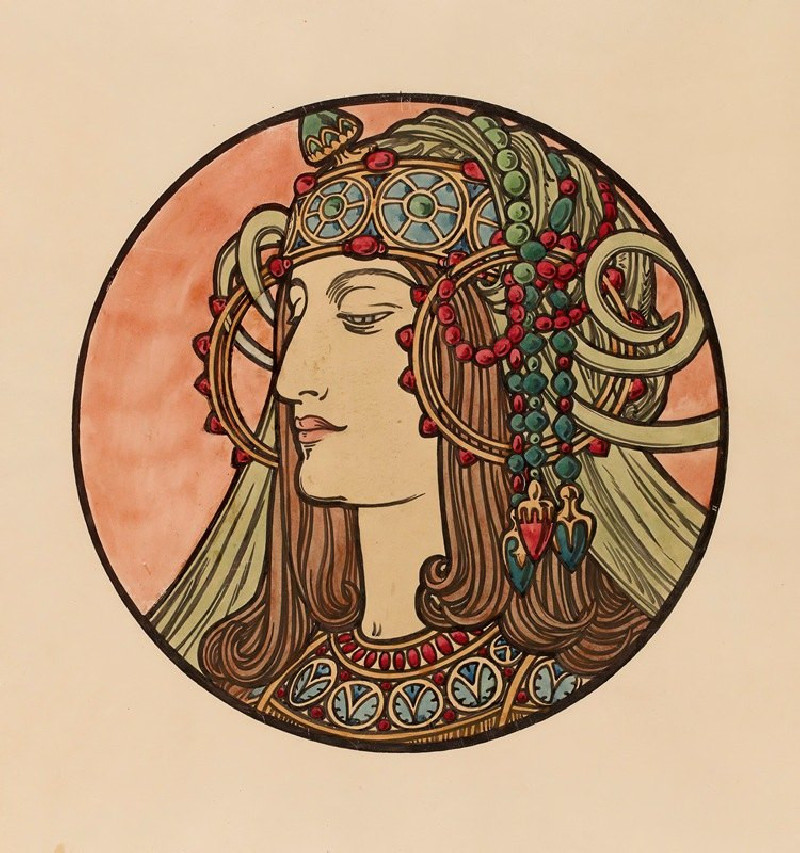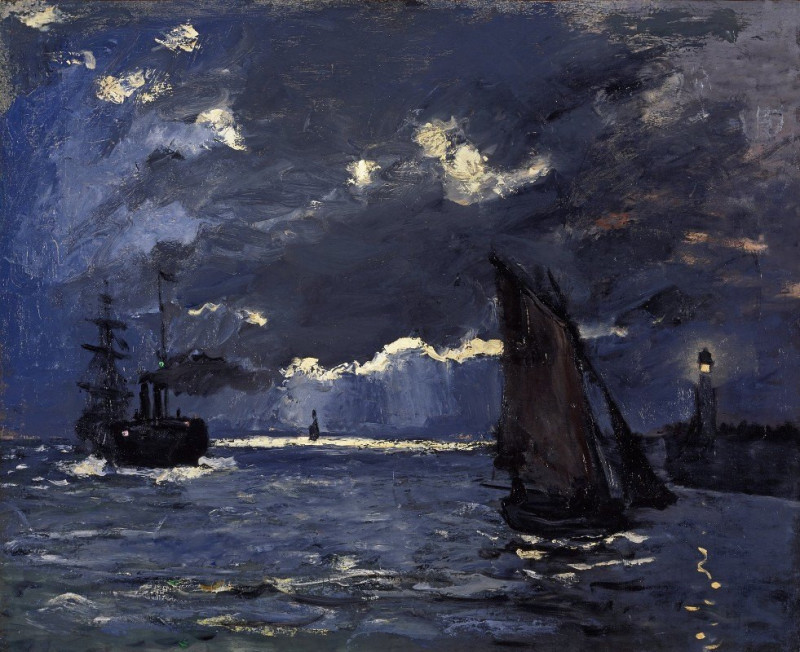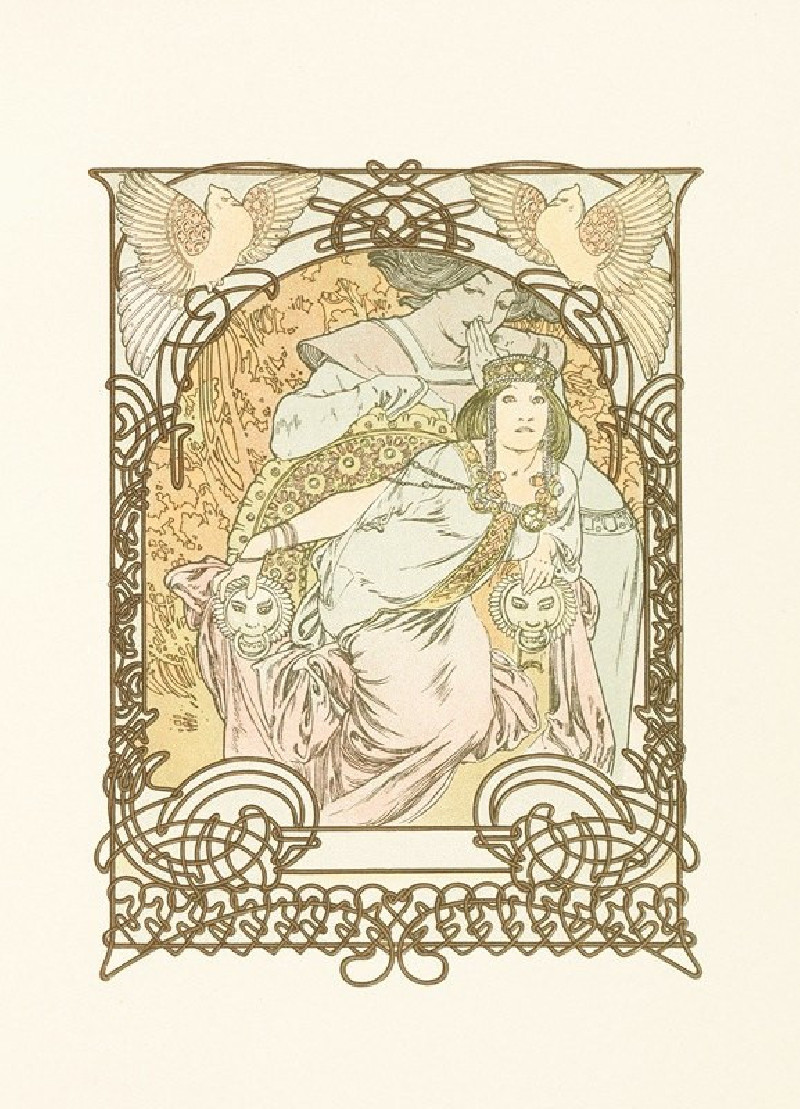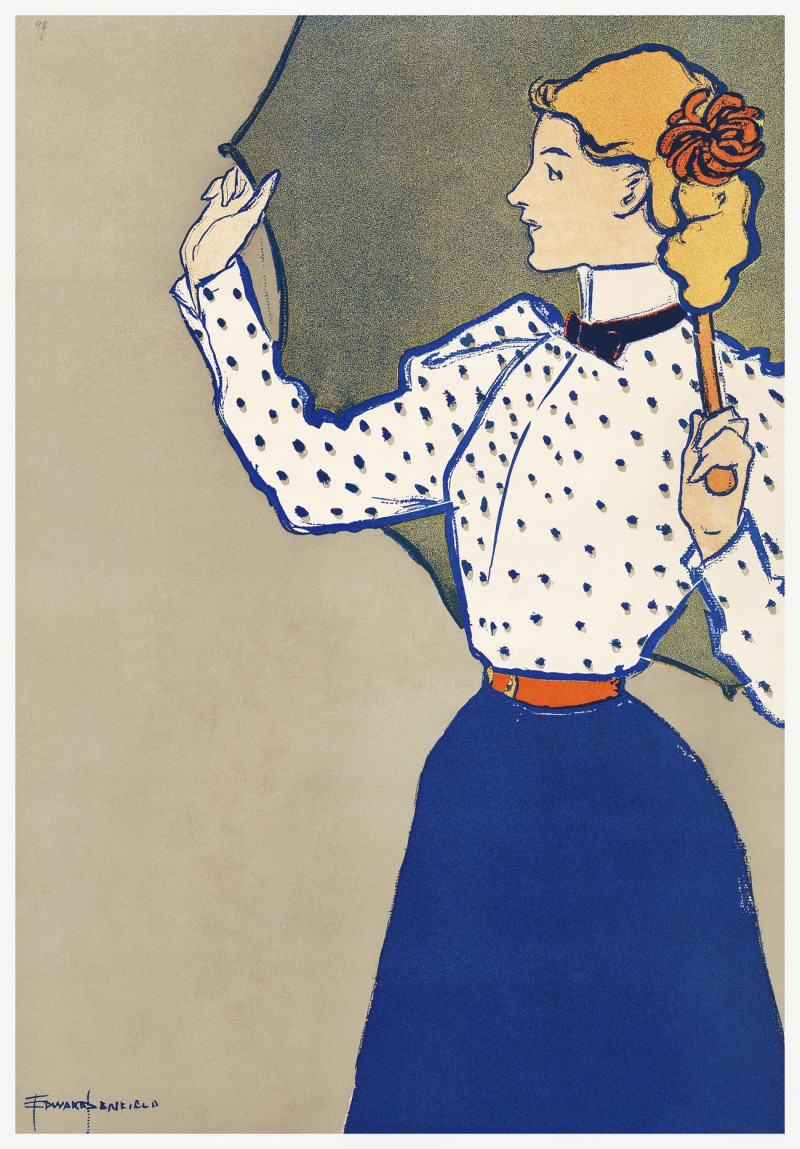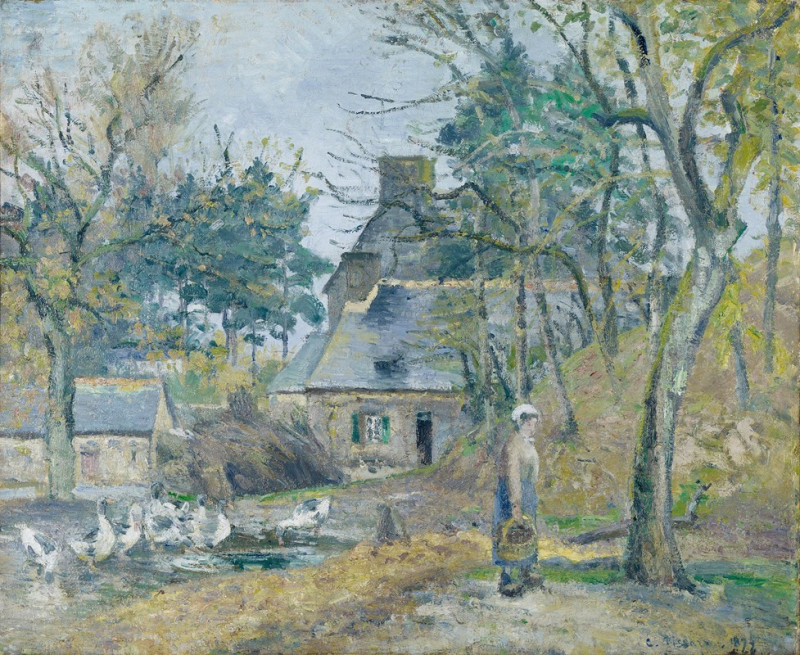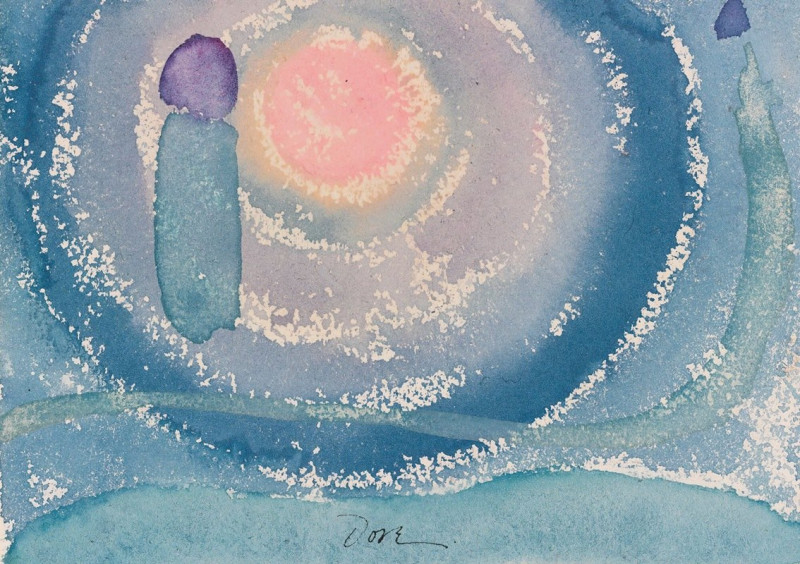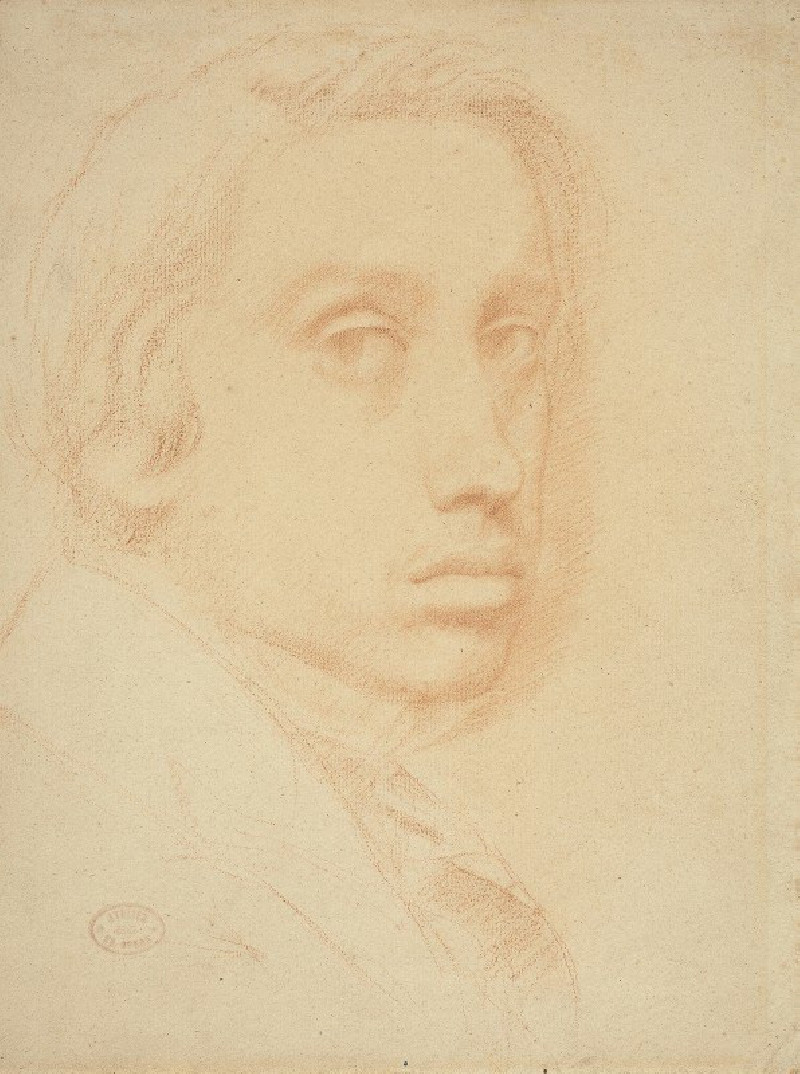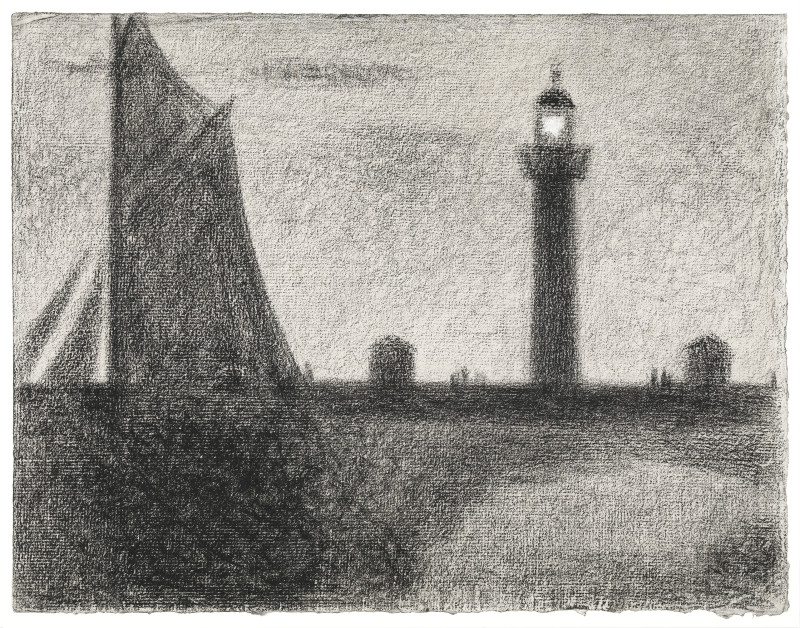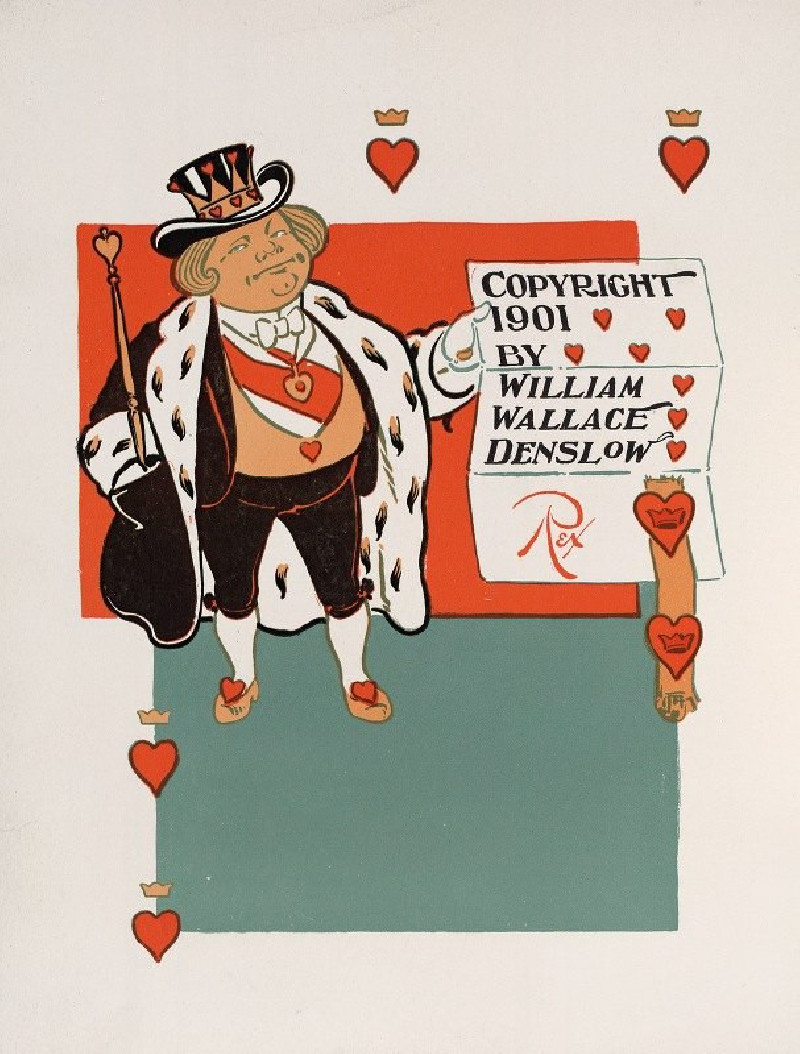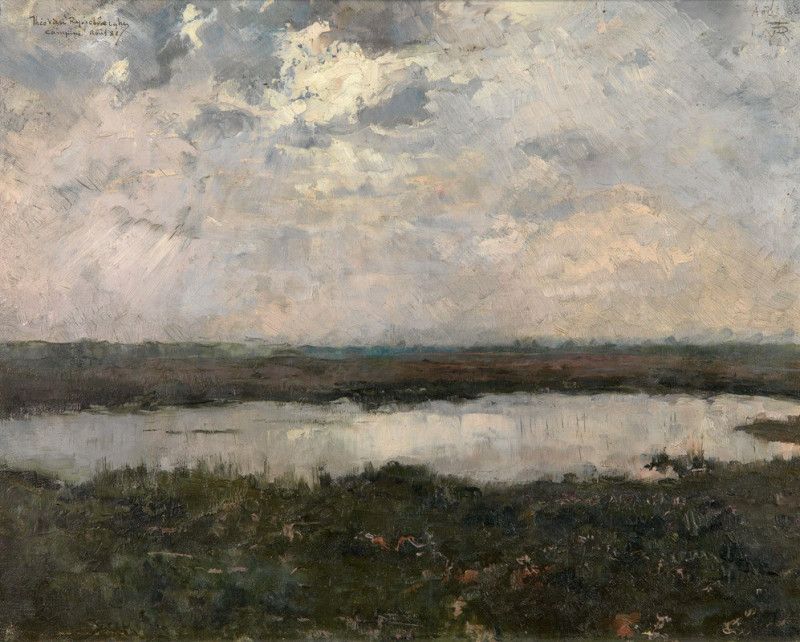Fieber (around 1928)
Technique: Giclée quality print
Recommended by our customers
More about this artwork
Explore the vibrant intensity of Karl Wiener's "Fieber" (Fever), a mesmerizing piece from around 1928. This vivid painting is an embrace of abstract expression, where colors and forms collide to evoke a sense of swirling emotion and psychological depth. At the heart of the composition, fiery reds and oranges burst outward, suggesting the heat and chaos of a fevered state. Interspersed among these warm hues are cool greens and blues, providing a visual contrast that might signify moments of clarity or respite amidst turmoil.Wiener's use of circular motifs and dynamic, overlapping shapes creates a pulsating effect, further enhancing the feeling of agitation and unrest typical of a feverish experience. These elements seem to float and dance across the canvas, pulling the viewer into a whirlpool of sensations that both disorient and fascinate. "Fieber" is not just a display of abstract artistic techniques, but a deep dive into the emotional and physical experiences of human life, rendered with a bold palette and vigorous energy that captures the essence of its title.

